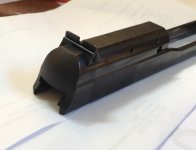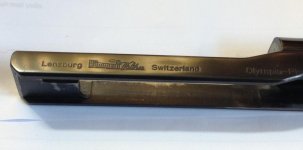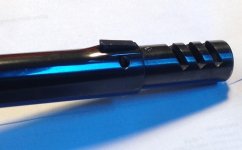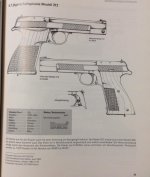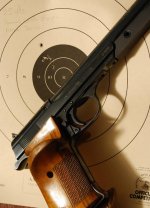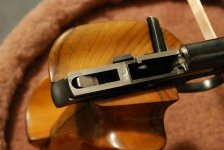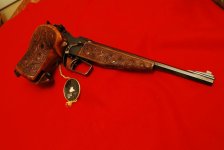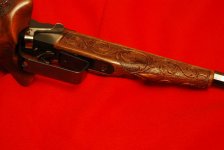CLASSIC12
Member
LGS had this cute little Hämmerli 212. It is called Jägerschaftspistole, and is used for a special discipline of the DJV, the German hunter's organisation. It is a timed event, 3 seconds at 25 m, drawing and shooting at the old silhouette duel target (thanks to Andyd for that info).
It is derived from the International / 208 / 215 series but simplified. It has low profile sights, adjustable for windage only.
As with many Swiss firearms it oozes quality and workmanship
My 215 for comparison










I took it straight to the range, and as expected it worked flawlessly


It is derived from the International / 208 / 215 series but simplified. It has low profile sights, adjustable for windage only.
As with many Swiss firearms it oozes quality and workmanship
My 215 for comparison










I took it straight to the range, and as expected it worked flawlessly



